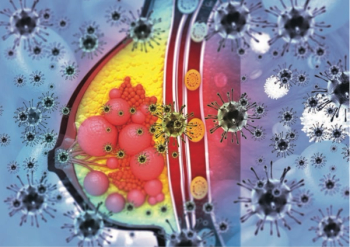
Oncology NEWS International
- Oncology NEWS International Vol 19 No 12
- Volume 19
- Issue 12
Growing number of pts undergo radiotherapy
The number of patients in the U.S. treated with radiation has increased at an average annual rate of about 7% between 2007 and 2009, according to the “2010 Radiation Therapy Market Summary Report” by IMV. Breast, prostate, and lung cancers continue to be the cancer types treated most frequently with radiation.
The number of patients in the U.S. treated with radiation has increased at an average annual rate of about 7% between 2007 and 2009, according to the “2010 Radiation Therapy Market Summary Report” by IMV. Breast, prostate, and lung cancers continue to be the cancer types treated most frequently with radiation.
An estimated 1.1 million patients were treated in 2009 with radiation at 2,170 radiation therapy locations in the U.S. Compared to 2007, this represents a 15% increase from just over 954,000 patients, the report stated.
Over one-third of the sites surveyed reported that they are planning to purchase external-beam therapy units in the next three years, according to the report. Also, of the treatment planning systems installed, over half of the hardware or server technology was upgraded between 2008 and 2009.
Articles in this issue
almost 15 years ago
Roche Gains OK in Europe for Rituximab for Maintenancealmost 15 years ago
JAK inhibitor quells symptoms linked to myelofibrosisalmost 15 years ago
E-Charts help track course of febrile events in hematologyalmost 15 years ago
Duke Cancer Center Lands Renewal of $30 Million Grantalmost 15 years ago
Even Insured Cancer Patients May Stumble Over Co-pays and Drug Costsalmost 15 years ago
New Jersey cancer center features green lobbyalmost 15 years ago
Low-intensity electric-field Rx boosts chemo in NSCLCNewsletter
Stay up to date on recent advances in the multidisciplinary approach to cancer.

















































































